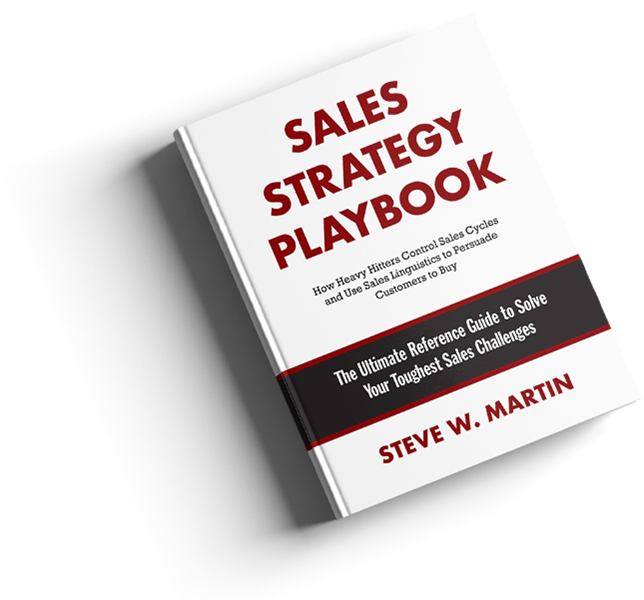Research Overview
The Sales Organization Performance Gap research report conducted by Steve W. Martin, a sales expert, author and noted sales researcher from the University of Southern California’s Marshall Business School, reveals that the best sales teams regularly set more aggressive goals, employ more structured sales processes and share more optimistic opinions about their team members and sales organizations. Key highlights from the extensive study which involved nearly senior sales leaders, sales managers and front line salespeople are listed below.
15 Key Differences Between High, Average and Under-performing Sales Organizations
The study results reveal significant differences between how high, average, and under-performing sales organizations set goals, perceive themselves, and structure their organizations. Below are 15 key attributes and performance-related metrics that reveal the gap that exists between high-performing sales organizations and average and under-performing sales organizations. Each of these factors help define and demonstrate optimum sales organization performance
Goal–Setting – Set high quotas and compensate for achievement
1. High-performing sales organizations set higher quotas and believe in lower quota attainment than average and under-performing sales organizations.
2. Sales managers at high-performing sales organizations have higher quota risk pool factors, where the sum of all the quotas of their salespeople is significantly higher than the personal quota for which they are responsible.
3. High-performing sales organizations are not afraid to aggressively raise year-over-year annual quotas.
4. High-performing sales organizations attract top sales talent through better compensation.
Attitude – Team mentality and confidence in the company and the team’s capabilities
5. Sales managers at high-performing sales organizations indicated their teams have a higher percentage of top performers and a lower percentage of bottom performers than sales managers at average and under-performing sales organizations.
6. Sales managers at high-performing sales organizations rate the teams they manage more highly.
7. Salespeople and sales leaders of high-performing sales organizations rate the quality of their sales organizations more highly.
8. High-performing sales organizations describe their sales culture differently than average and under-performing sales organizations.
9. Members of high-performing sales organizations have a different perspective on the factors that separate great from good sales organizations.
10. High-performing sales organizations have a higher level of morale.
Structure – Expectations are followed up on and processes are put in place
11. High-performing sales organizations hold their team members to a higher level of accountability.
12. High-performing sales organizations are quicker to terminate under-performing salespeople.
13. Sales managers at high-performing sales organizations reported a higher percentage of their salespeople achieved their annual quotas.
14. High-performing sales organizations employ a more structured sales process.
15. High-performing sales organizations more closely monitor their lead follow-up process.
Complete research details can be found in Steve W. Martin’s latest book titled Sales Strategy Playbook.


